Linksfield Academy was never going to go down in history as one of Aberdeen’s most attractive buildings.
The imposing five-story building was typical of its era – the exterior was a hangover from 1960s modernism with a flat roof.
But behind the humdrum steel and concrete, a bold new vision of education was to unfold in 1970s Aberdeen.
Linksfield Academy marked the start of a new era for the Aberdeen Education Committee.
It was Aberdeen’s first custom-built community school and “an open door to education with age no barrier”.
First ‘open door school’ in Aberdeen
The modern comprehensive was to replace the historic Frederick Street, Old Aberdeen and Middlefield schools.
But Linksfield Academy wasn’t just going to be a new school – it was to be a new way of educating.
The plan for Linksfield was the forward-thinking vision of James Clark, the then director of education in Aberdeen.
He set out his ideas and hopes for a flexible education facility.
Mr Clark’s proposal outlined a school that incorporated social, recreational and cultural facilities to a greater extent than ever before – and these were to be shared with the community.
Mr Clark said Linksfield “should be designed to enable it to function not only as an efficient educational establishment, but also to make a significant contribution to the social and cultural life of the community”.
Mr McDonald’s pioneering experiment
It was an ethos championed by Ian McDonald, headmaster of Linksfield Academy, who said “the school and the community must come before anything else”.
A firm believer in the comprehensive system, he believed this new concept of ‘education for all’ in Aberdeen was a logical next step.
An Aberdonian with strong working class roots – which he never forgot – Mr McDonald went on to become a popular headmaster who made a lasting impact on the thousands of pupils under his charge.
In his youth, he attended Frederick Street School before winning a scholarship to Robert Gordon’s College.
He went on to serve with the Gordon Highlanders during the Second World War before finishing his education at the University of Aberdeen and entering the teaching profession.
Mr McDonald was the perfect candidate to lead the pioneering initiative that was Aberdeen’s first school experiment.
He explained: “If you believe in comprehensive education then it is obvious that its benefits should be extended to the rest of the community.
“It’s a very mixed community, but that’s part of the thrill of the experiment – seeing if the different types of people can learn to live together.”
Education for all at Linksfield Academy
It wasn’t just a mixed community, but a very large one that Linksfield would serve.
The school had a wide catchment stretching from the Don to the Dee, covering Footdee, Tillydrone, Seaton, Old Aberdeen, King Street and part of Union Street.
Linksfield Academy was officially opened in April 1976 by new Grampian Region Education Convener Sandy Mutch, although it opened to pupils the previous August.
The opening roll was 900 pupils – predicted to rise to 1600 by 1980.
Phase one included the English, Modern Languages, Science and Mathematics, Business Studies, History, Geography, Modern Studies, Religious Education and Remedial Education departments.
It also had three large social areas, each with a coffee bar and recreation zones.
The ground floor housed the school library, which shared accommodation with a public library branch.
It wasn’t until later in 1976, that construction began on the second phase of Linksfield Academy.
Phase two was a £429,750 ‘youth wing’ with a games hall, two swimming pools, a bar, theatre, cinema and dance floors – all of which would be available to adults in the community too.
A community of common interests
The Linksfield model is one still used in contemporary builds today, as councils increasingly amalgamate classrooms and community facilities.
Nowadays, it’s standard that most community campus school buildings feature large social areas for pupils and share recreational areas with the public.
But this was not the norm when Linksfield was built, and it was all part of the experiment.
Some of the city’s most deprived areas were zoned to Linksfield and it was questioned whether adults would really engage with the school.
But Mr McDonald, a man of faith, also had a deep faith in the people of Aberdeen.
He said: “I don’t foresee any problems. If the children can live together, so can the parents.
“I regard a community more as a group of people with an interest in common, rather than a geographical area.
“If a bus conductor and a university professor both play badminton they will never be short of something to talk about.”
Learning went beyond classroom
In another city first, Mr McDonald also encouraged adults to learn alongside schoolchildren and sit exams.
The school day at Linksfield Academy didn’t finish when the afternoon bell went – it continued into the evening with a wealth of classes teaching adults vocational skills.
One rule he did insist upon during evening lessons was that all teaching had to stop for 30 minutes.
He believed it was important that people had the chance to talk to each other and integrate with the school and community.
‘Linksie’ also catered for pupils with hearing problems and behavioural difficulties.
And learning wasn’t just confined to the classroom.
Mr McDonald took the city pupils on countryside camps and he was instrumental in establishing a school cottage to enhance learning.
Pupils united in opposition to merger
Linksie triumphed under a succession of well-liked head teachers who earned the respect of even the most challenging pupils.
But by the late 1990s, there were hints that the writing was on the wall for the flagship facility.
In 1999, the city council proposed merging the school with St Machar Academy amid dwindling numbers.
But Linksfield was devastated by the death of headmaster Stewart Philp later that year, and merger plans were shelved.
The following year, Linksfield was granted £750,000 from the Scottish Executive as part of a three-year plan to improve facilities.
However, 12 months later, controversial merger plans returned when the roll faced dropping to 324 pupils.
‘Poor old Linksie’s closing’
Linksfield was built to bring the community together – now parents and pupils from Linksfield and St Machar were united in their opposition.
Despite protests, petitions and the best efforts of parents and pupils, the school closed in 2002 with pupils transferring to St Machar.
A final prize-giving ceremony took place at nearby St Mary’s Church with Linksfield’s first headteacher Ian McDonald guest of honour.
The poignant and historic occasion was captured in a poem written by pupils Kerry Brown and Kelly Reid:
“Well, poor old Linksie’s closing. Sad times for all concerned.
“When we think of all the laughs we had – and all the things we learned.
“Our school days were such happy times, these memories we’ve gladly shared.
“We had some fun with the teachers, but misbehave … we wouldn’t have dared.”
The school continued as a sport and recreation centre before it was eventually demolished to make way for Aberdeen Sports Village in 2011.
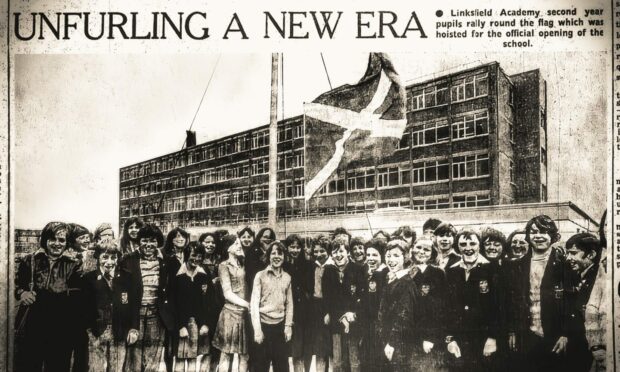
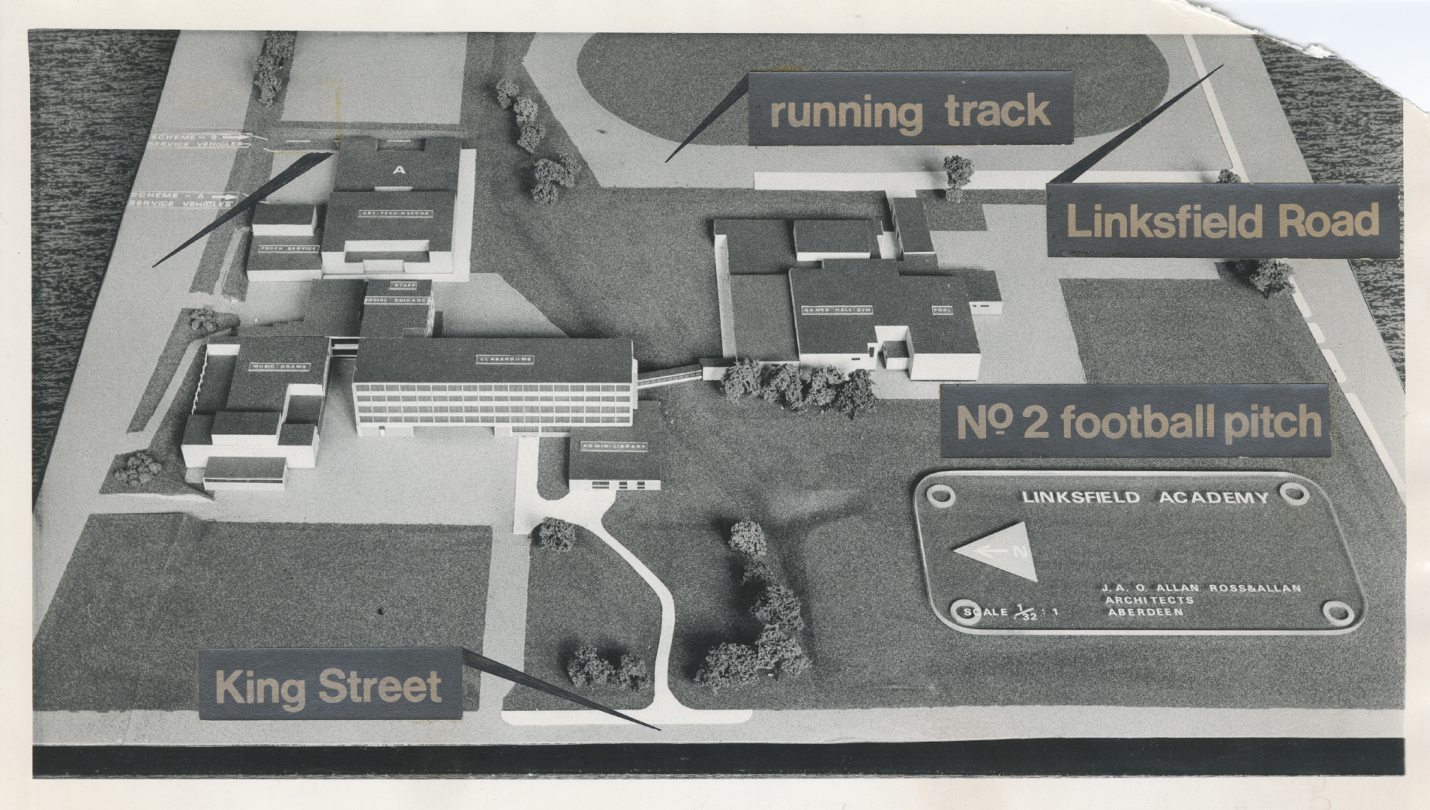
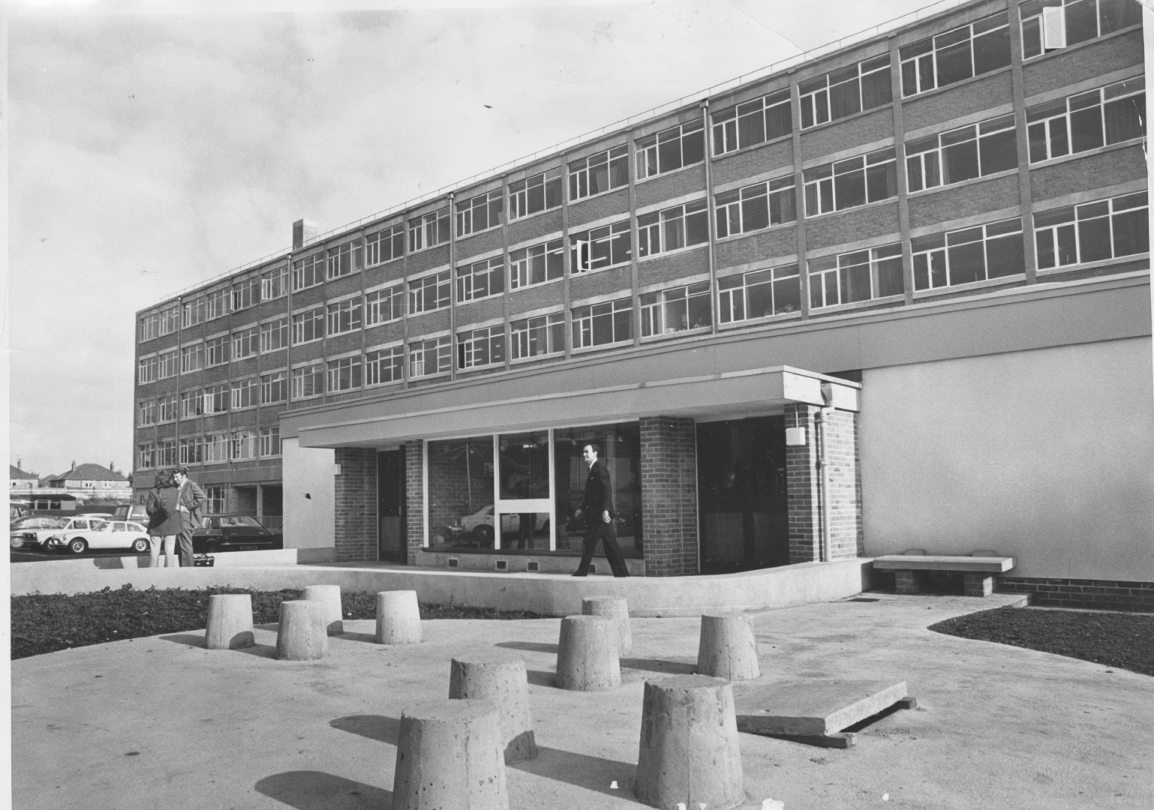
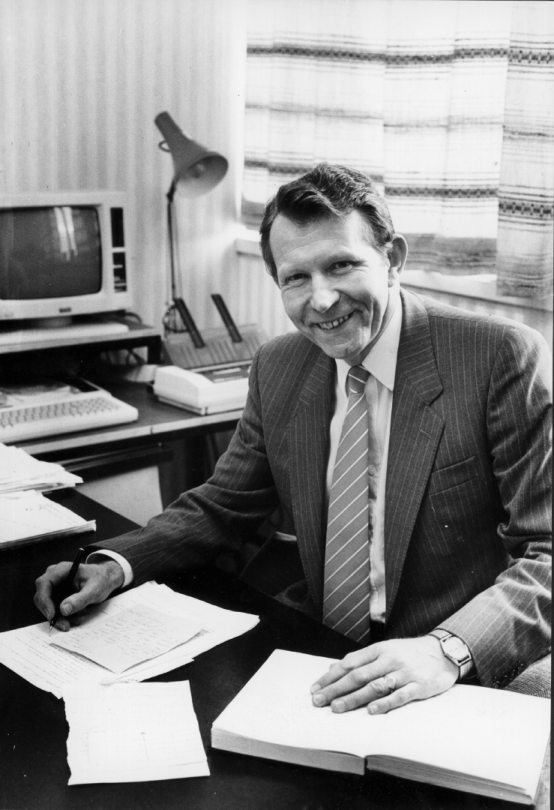
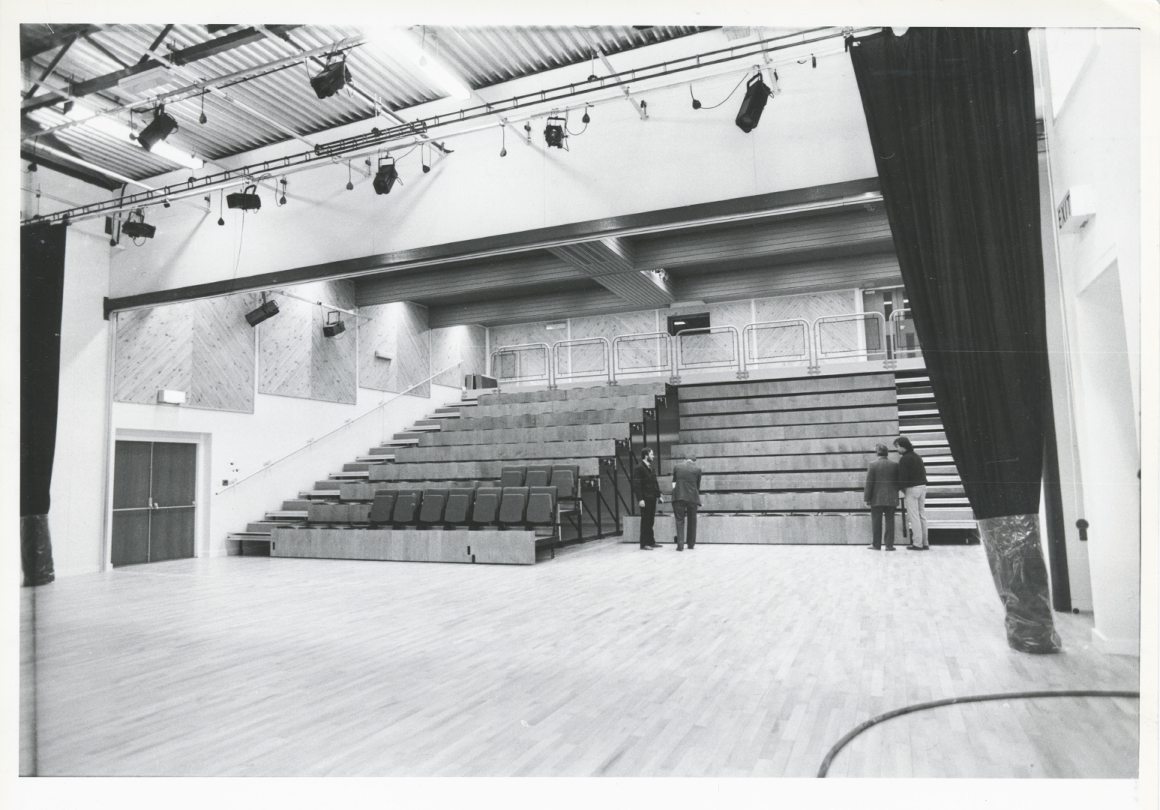

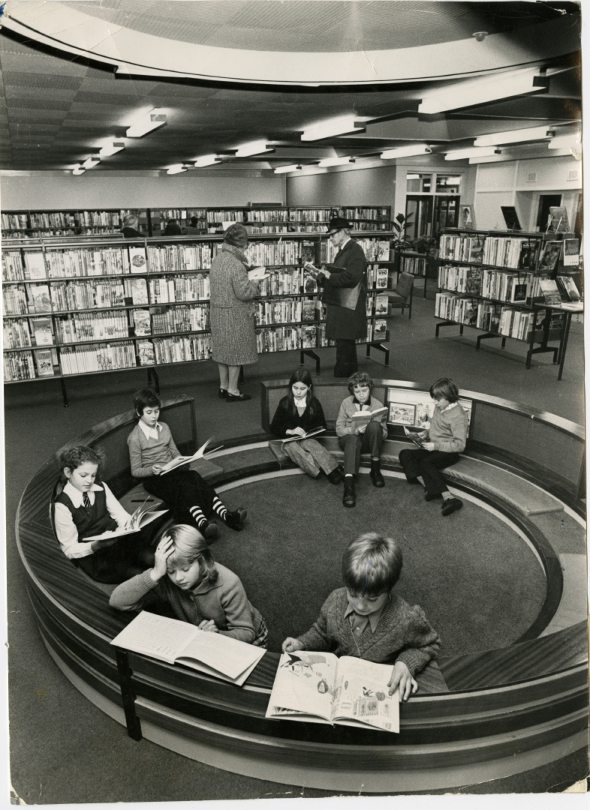
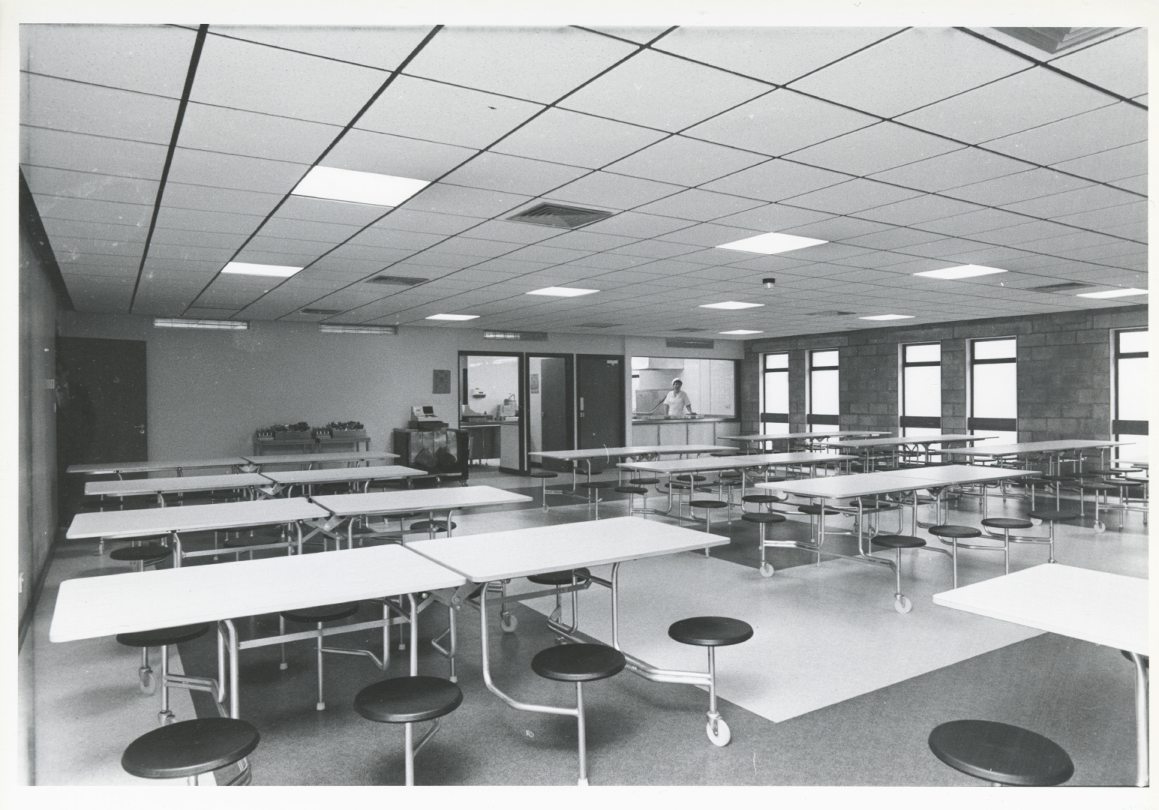
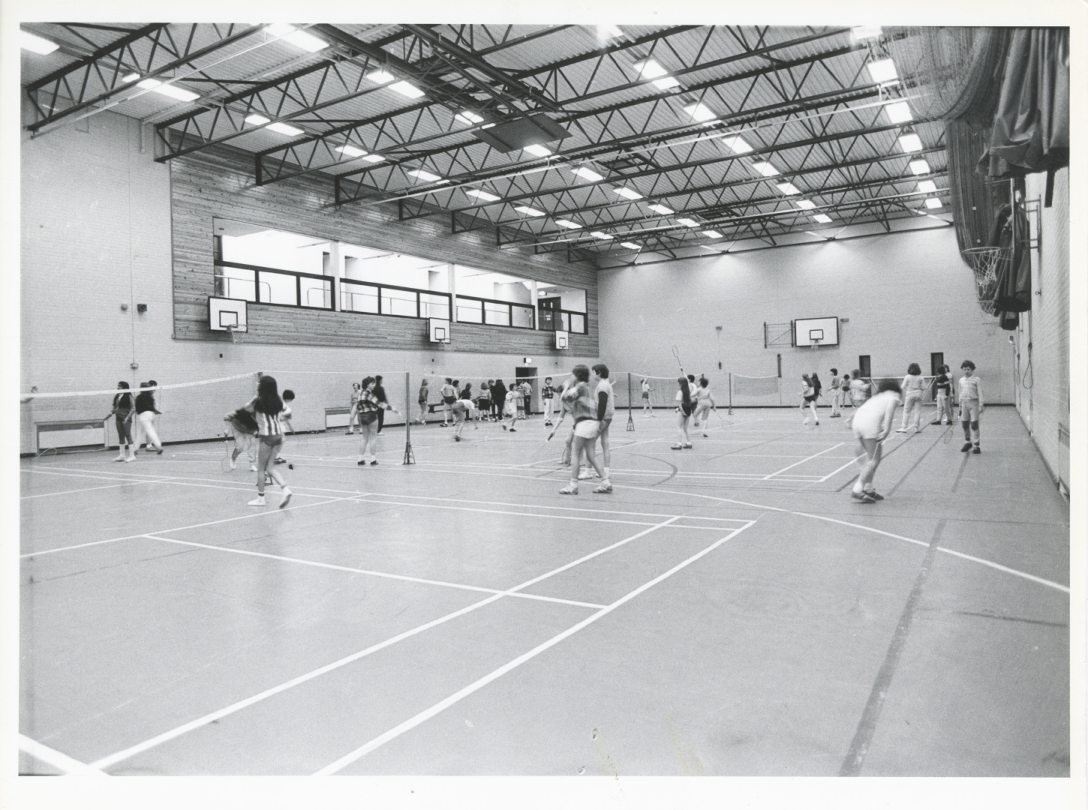
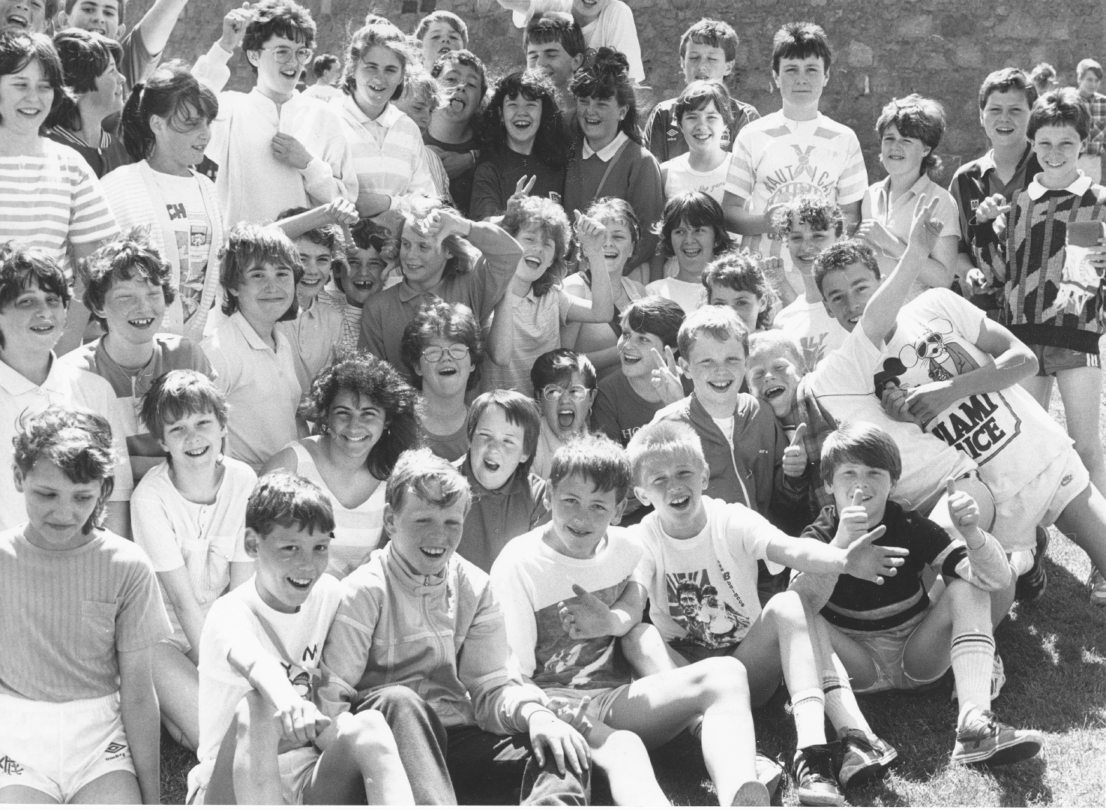
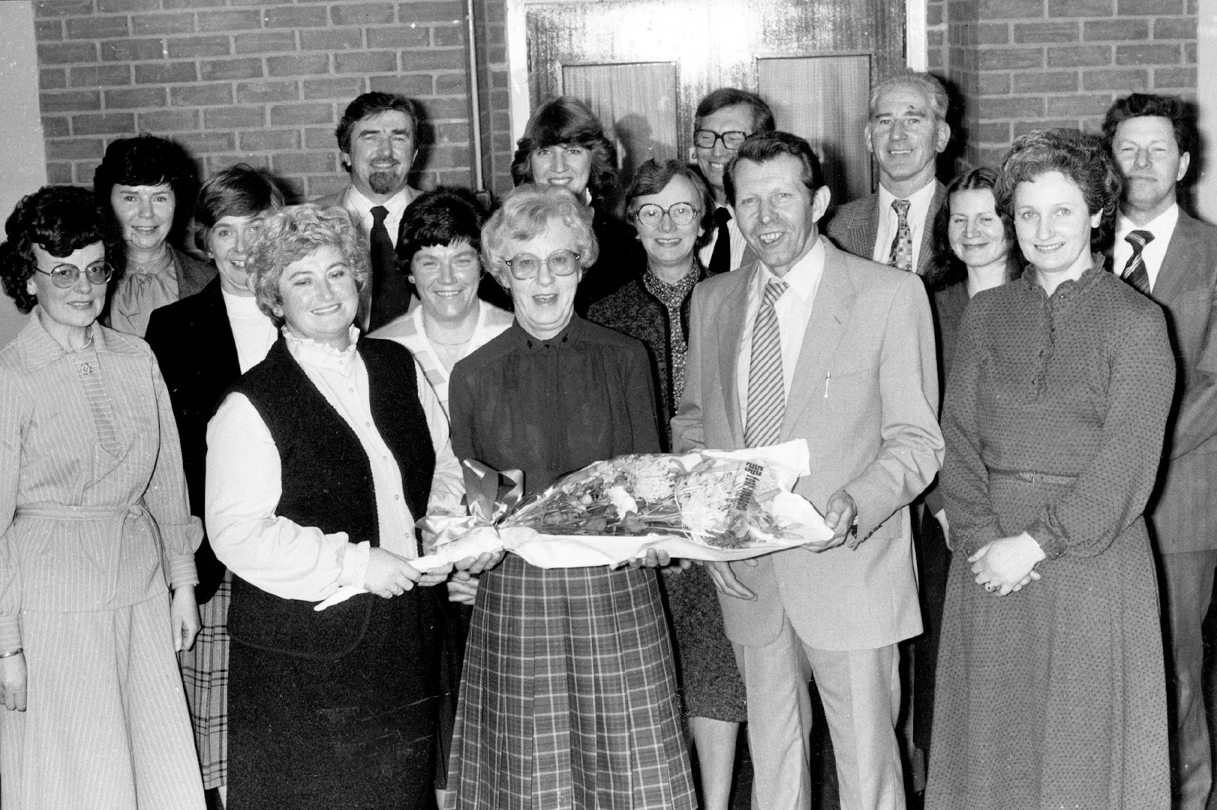
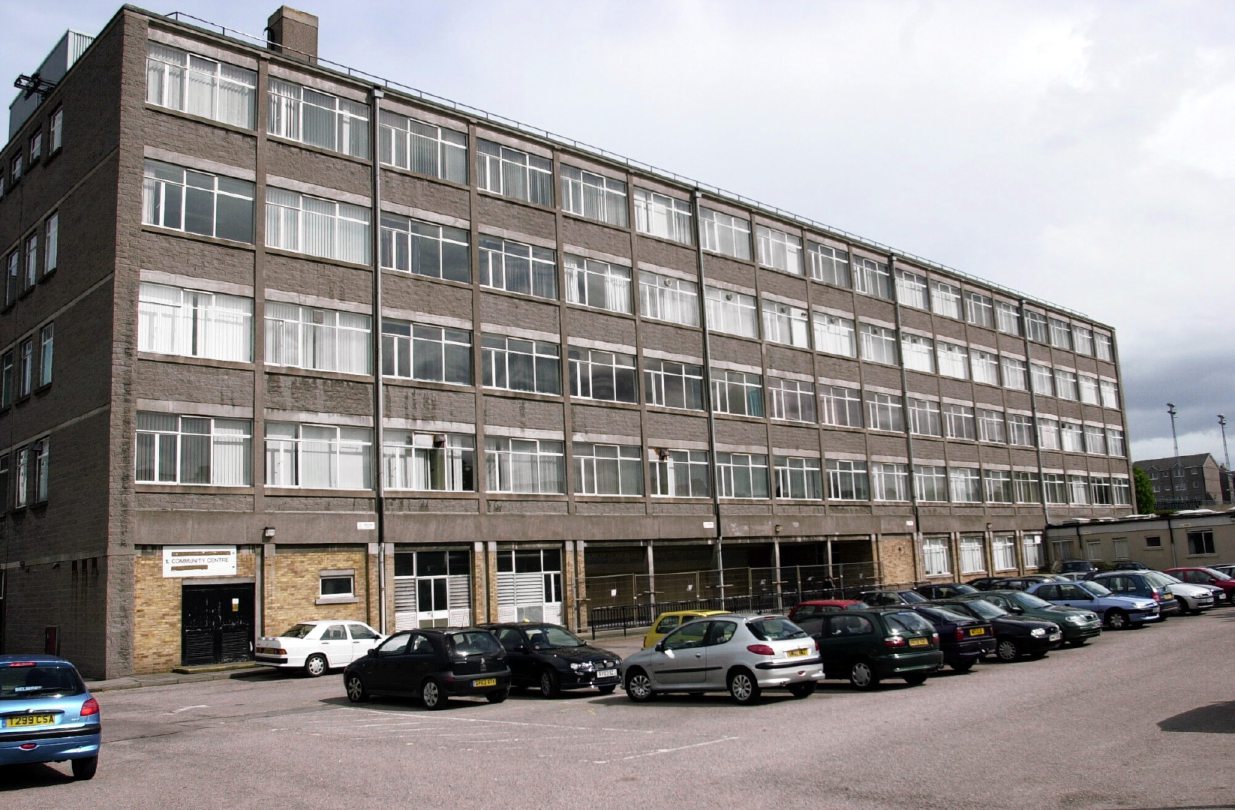
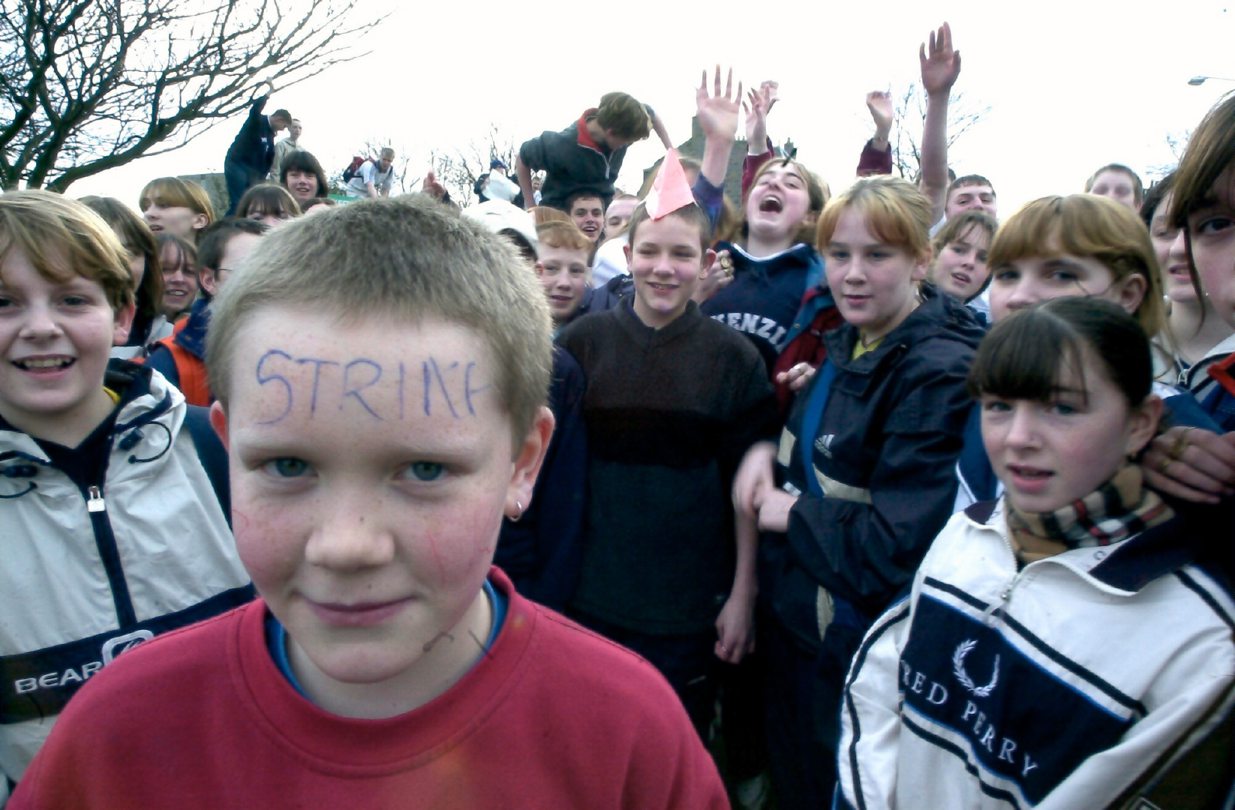
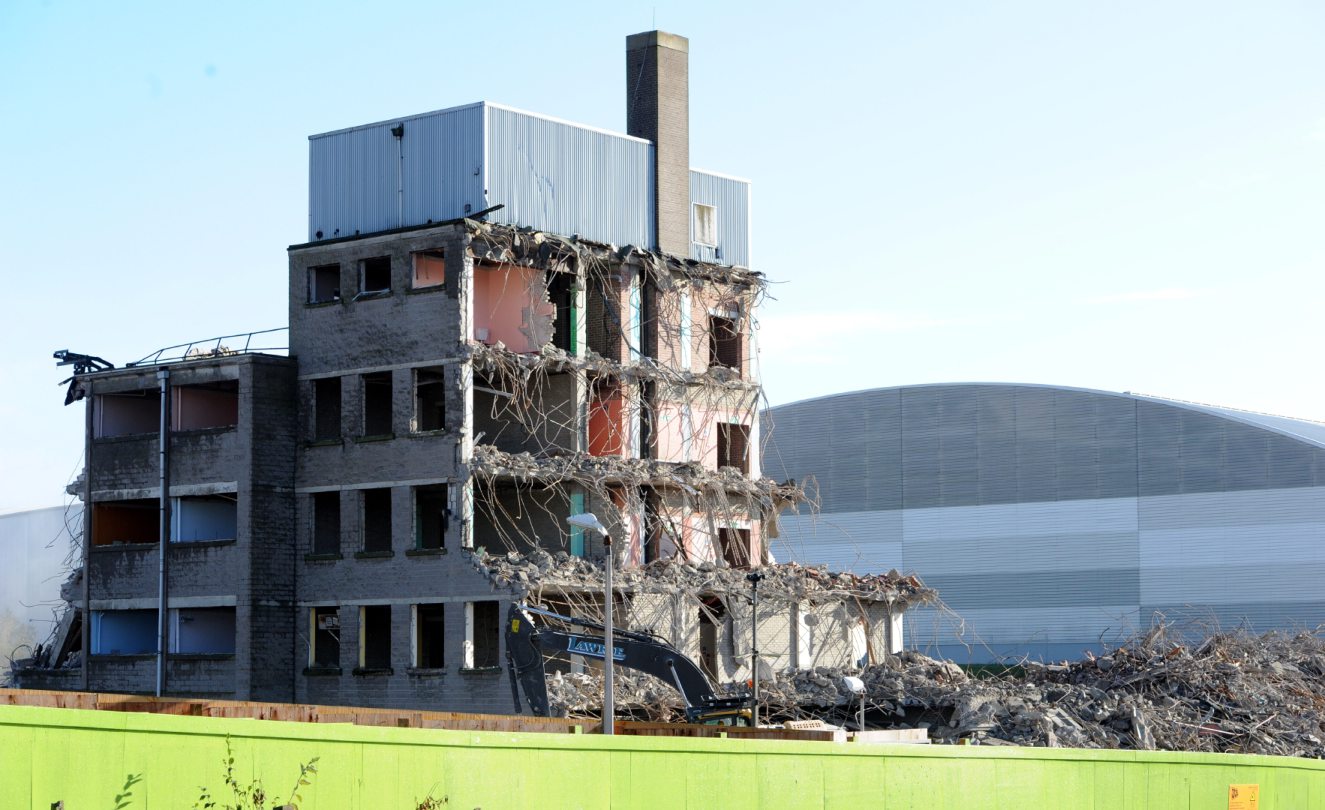
Conversation